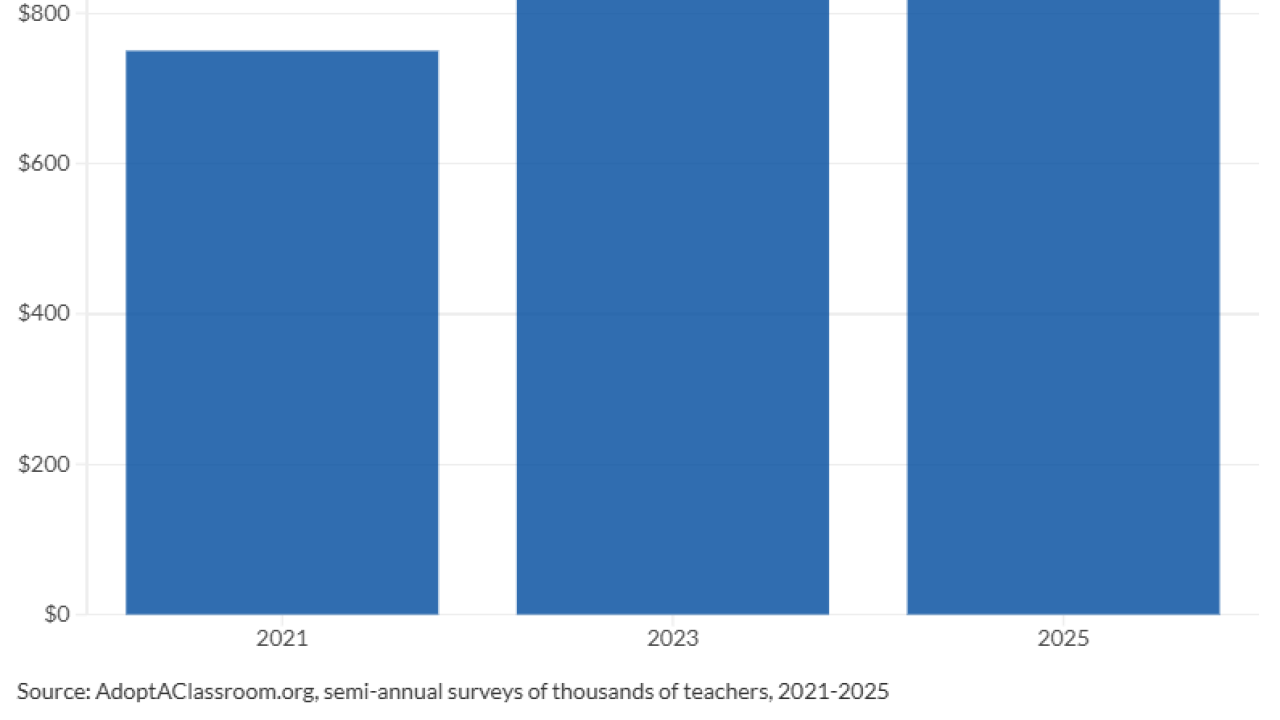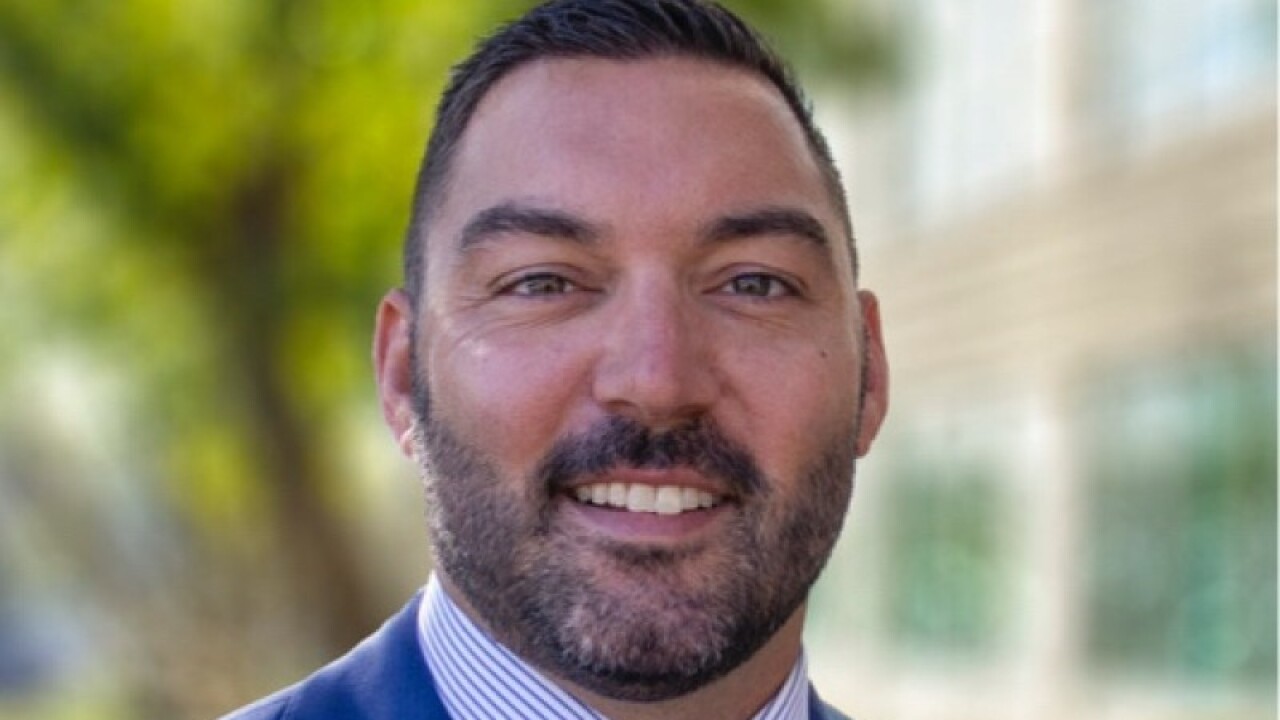When advisors dream about launching their own RIA, they get starry eyed about finally being in charge of their own practices. What trips them up, however, are the details.
The time and cost of keeping up with regulatory changes, for one.
After jumping from the institutional fixed-income world almost 30 years ago, Michael Joyce, founder and president of Agili in Richmond, Virginia, says a lot has changed.
“Most people making this leap don’t think about how they have to have their clients' interest in mind, as a fiduciary, 24/7,” Joyce says. “It’s definitely a different mindset from working in the wirehouses.”

The cost of meeting an ever-expanding array of clients needs is another consideration many newbies don’t consider, Joyce says. “When I talk to people who have made this move, they often say they didn’t realize the amount of time they'd have to spend on admin, compliance and even marketing,” says Joyce, whose practice oversees roughly 300 clients and $850 million in AUM. “You have to have a strong bench of people that are basically cost centers — they're not profit centers, but it allows you to do the things you need to be successful.”
Advisors can spend up to
When Mike Piershale left Edward Jones to launch an independent practice with Raymond James nearly 17 years ago, and later “went fully independent” in 2011 with Schwab, he says that’s when he had become aware of his flaws.
-
Advisors typically take most of their clients with them when they go independent, but not all of them do.
May 21 -
Three things to focus on when you’re starting an RIA.
May 14 -
A planner's casual query about his workspace prompted a rousing discussion in an online chatroom. The conclusions that emerged suggest a reimagined physical and virtual space for planners to meet clients.
May 27
“I consider myself a good financial planner; I do everything from reading tax returns to coaching people on how to get their estate plans set up,” Piershale says. Though he is confident in his “salesman,” abilities, he is “not good at administration work.”
One benefit of going independent for Piershale was his ability to build on his marketing chops. Today, he headlines a Barrington, Illinois, radio show and podcast — The Money Hour Radio on AM 560 — regularly speaks with journalists and takes part in community events to promote Piershale Financial Group. His firm, also based in Barrington, now oversees the assets of more than 350 clients.
Like Joyce, Piershale credits much of his success to a well-rounded, reliable team.
“I never would have become my own RIA if I didn’t have a core group of people that had worked with me already for a long time and that I knew were going to stay with me,” he says.
THE COST OF GOING INDIE
For advisors who are new to independence, everything from how the computer is plugged in, to water bills and new-office real estate costs must be taken into account, says Kestra Private Wealth Services CEO Rob Bartenstein.
“You need to understand how integration of multiple computers works, what sort of cabling and wiring goes into an office, and very often for advisors doing it on their own ... need to figure this out by themselves or find a third party to do the job,” Bartenstein says.
All of the additional help comes with a price, Bartenstein warns. Everything, eventually, falls on the one running the show. And that goes for the long-term value of the practice, as well.

“You're leaving a cash-flow world and you're entering an equity world,” he says, adding that RIAs are responsible for managing and examining the salaries and equity stakes of their partners, assistants and junior partners. “This can be completely new territory.





